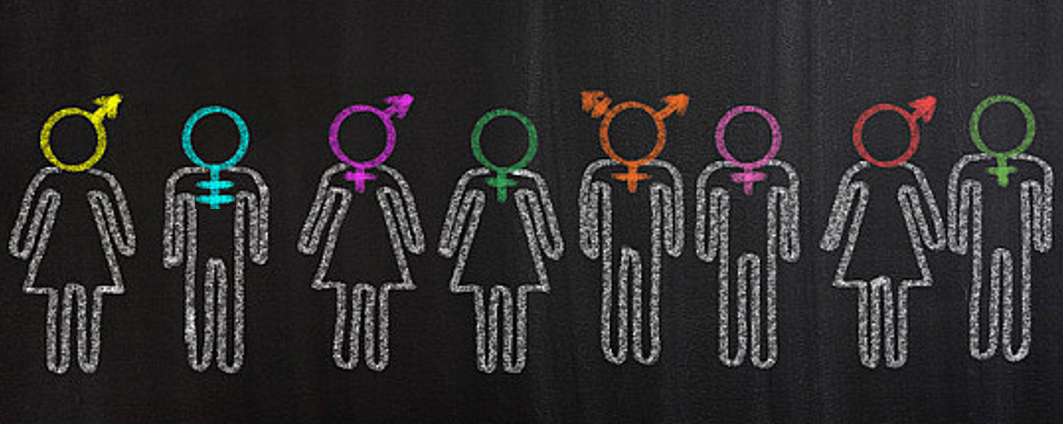We’ve been hearing more and more about pronouns. You can even add them to your LinkedIn profile. But what are they?
Pronouns are words we use to describe ourselves or other people, and they can be gendered or gender neutral. Gendered pronouns include he, him, his and she, her, hers. The most common gender-neutral pronouns are they, them and theirs, however there are many other pronouns that people go by. Typically, non-binary people will use gender-neutral pronouns.
Misgendering
When we use the incorrect pronouns for someone, this is called misgendering and it can be accidental or intentional. Accidental misgendering means that we use the incorrect pronouns for someone because we have assumed what that person’s pronouns are, or when we are aware of a person’s correct pronouns and slip up and use the wrong ones. Intentional misgendering occurs when someone knows a person’s correct pronouns but chooses to use another set of pronouns.
Both accidental and intentional misgendering can negatively impact an individual’s wellbeing, and psychological safety in the workplace. Intentional misgendering is particularly harmful, and discriminatory. However, an individual experiencing ongoing, accidental misgendering may not feel respected or included in the workplace. Ongoing accidental misgendering may be deemed as discriminatory if colleagues don’t take active steps to correct themselves when using incorrect pronouns after being told someone’s correct pronouns.
What to do if you slip up
We all slip up, but what is important is that you correct yourself and make a commitment to use that person’s correct pronouns moving forward. Don’t make a big deal about slipping up, correct yourself and move on. It’s best not to profusely apologise to the person and tell them you are trying your best but are finding it difficult. This might put the person on the spot and make them feel uncomfortable.
‘But gender-neutral pronouns are clunky! It doesn’t make sense to me.’
Yes, it might take some time to get used to using gender-neutral pronouns for someone, but we are already doing it naturally.
Imagine you walk into a coffee shop, it’s after the morning rush so no other customers are around. As you approach the counter to order, you notice someone has left their phone behind. You pass the phone to the server, and say ‘someone has left their phone behind’. Given you did not see the person who left their phone, you used the gender-neutral term ‘their’ as you handed the phone to the server. You likely used a gender-neutral term because you didn’t see the person and then assume the person’s gender or pronouns based on the way they looked.
Like most things, it just takes practice, if you know someone whose pronouns are gender-neutral, the main thing is to be respectful and practice using the correct pronouns.
Allyship
Many people wonder why others who are cisgender (an individual who identifies with the sex they were assigned at birth) might share their pronouns in their email signature, on a badge, lanyard or on social media platforms.
Sharing your pronouns is a way that you can show you are an ally to the transgender and non-binary community. It normalises the practice of not assuming someone’s pronouns because of the way the look, sound or what they wear.
Respecting Privacy
Remember, you should never force someone to share their pronouns as this is discriminatory. Sharing pronouns, including pronouns in email signatures should always be voluntary to ensure you are adhering to Australian law. You can read more about respecting individual privacy and pronouns Here. (hyper link to ‘Respecting Individual Privacy Why Forcing Pronouns and Disclosure of Sexuality is Illegal and Discriminatory in Australia)
Gāya Surendorff Associate Director M: 0421 740 348 | E: [email protected]



















